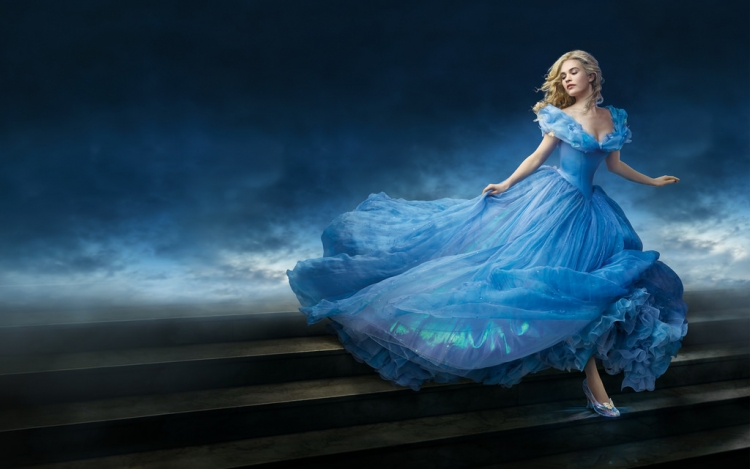Behind Disney's Live Action Movie Remakes

A familiar Disney phrase about Beauty and the Beast is that it's “a tale as old as time.” True, but it might be said that Disney was not referring to the fairytale, but to its own recurring business strategy of reviving past successes to commercially exploit nostalgic emotions amongst a trusting audience.
Following Beauty and the Beast's release in March, it was a huge blockbuster success, grossing $170 million in the domestic U.S. market in its first week. It’s not difficult to grasp Disney's marketing genius. A simple stroll through the Disney vault of animated classics reveals a treasure trove of money-spinning blockbusters based on the same nostalgic formula.
Beauty and the Beauty is a live-action film though. The live-action remake trend seems relatively new, but it actually stretches back decades. Also, most of Disney's animated classics are based on old stories, which means the live action versions are actually remakes of remakes. The commercial potential of live action films was proved by the success of 101 Dalmatians back in the 1990s. Disney live-action films returned in 2010 with the release of Alice in Wonderland, which grossed over $1 billion. After that came Maleficent in 2014 (it grossed $241 million); Cinderella in 2015 ($545 million gross), and The Jungle Book in 2016 (grossed $966 million). The proof is in the numbers.
What exactly makes Disney’s live action remakes so successful?
Image Credit: Flickr BagoGames
The simple answer is, fan culture. Specifically, a fan culture that weaves a sense of nostalgia into every aspect of run-of-the-mill life, leaving little space for reality to break through. The phenomenon of fan cultures emerging around TV shows and movies is relatively new thanks to the internet. Previously, there was no way for fans to interact, so they watched a TV show or movie and then that was that. Series and movies could be re-watched if you paid for the DVD, VHS tape, or Laser Disk when it was put on retail shelves months later. But there was no discussion with others and no lingering fan culture. The internet has created a fantastic universe for the cultivation of ‘fandoms’ and cult-like thought spaces. On the web, you can access any movie anywhere, anytime, making it easy for fan cultures to germinate and grow around specific movies. Constant web access means that fans can talk about the movie over and over again.
Fan cultures have also business opportunities for media corporations. This was evident with the Gilmore Girls phenomenon. The Warner Bros series, which aired from 2000 until 2007, had a huge following during its television run but wouldn’t see its full potential until Netflix picked it up in 2014. On Netflix, fans everywhere were able to re-watch the show — and new fans, including myself, joined the burgeoning Gilmore Girls fan culture. The new fan culture around the show transformed Gilmore Girls into a global phenomenon. Warner Bros quickly picked up on its renewed success and in 2016 released Gilmore Girls: A Year in the Life, an extension of the original. The only reason they were able to do so was thanks to Netflix and the online community demanding a continuation of the series.
Image Credit: Frank Connor
Disney is adopting the same strategy. Due to the fan culture that has developed around its old movies, fans are demanding more. But because the old Disney movies feel tired and old, fans want remakes.
After a disappointing decade for Disney in the 1980s, the company decided to revamp its approach. The Disney Renaissance started in 1989 with The Little Mermaid. Soon after came Mulan, Beauty and the Beast, Tarzan, and many others — leading to some of the greatest songs and movies we all know and love. Disney recognized the fan culture behind these movies and capitalized on this by creating these remakes such Beauty and the Beast. While there are at least seventeen live action remakes in talks, prominent ones from the Disney Renaissance era —such as Mulan and The Lion King — will be the first to become live action remakes. Disney knows that these films are fan favorites that many are keen to see them on the big screen once again.
While the internet has created a space for fan cultures to grow around Disney movies, must keep its younger audiences interested by reinforcing their attachment the brand. Disney will continue to produce these remakes in order to stay relevant. And with Disney's Dracula-like thirst for relevance, I can guarantee live action remakes of Tangled and Frozen in the coming years.









